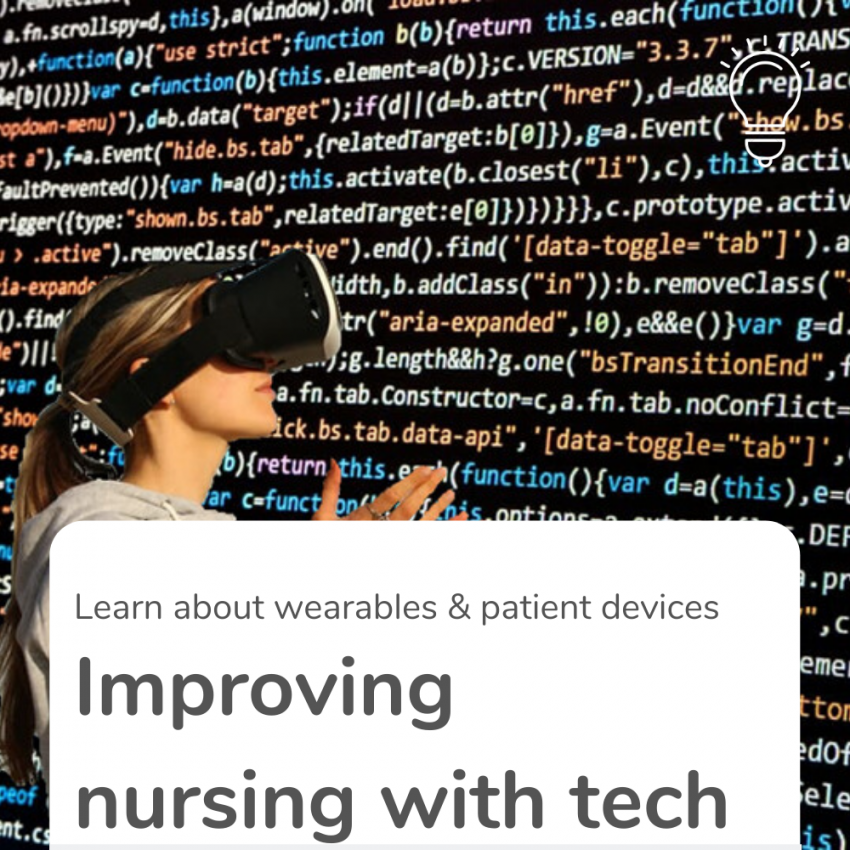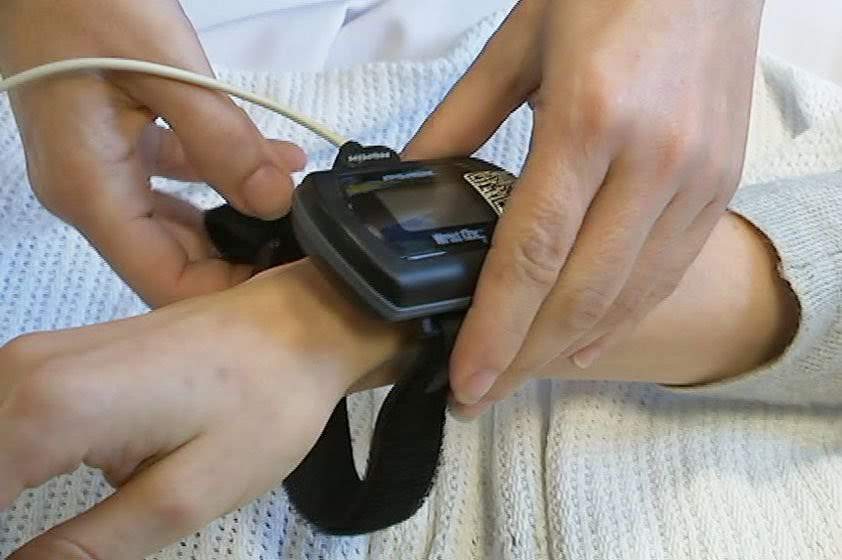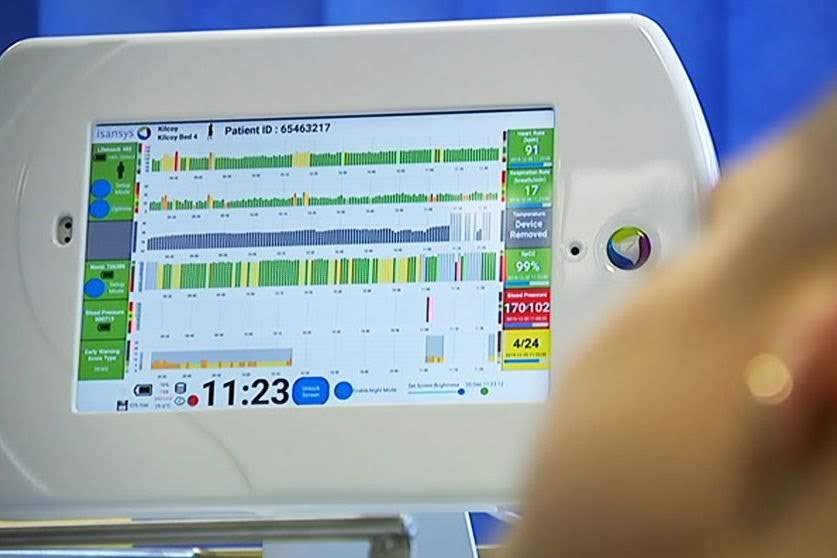

A lot of people are turning to high tech portable gear to help them manage and monitor their lifestyle. You can’t walk down the street without seeing multiple versions of fitness watches decorating the wrists of today’s general public. People have become obsessed with ‘closing their rings’ to be sure they’ve achieved their fitness goals for the day. Others have purchased the watch to keep track of their heart rate, or even their EKG rhythm.
These devices are enhancing the lives of the public, but what if this technology can improve healthcare? What if wearing a device on your wrist could replace cumbersome bedside monitors or detect changes in lab values without having to draw blood? The opportunities for wearable devices to advance progress in healthcare are almost unlimited.
Improving the Patient Experience
The Australian based company, Wearable Health Tech, has heard the nurses’ pleas for a solution. The company has launched a trial for a device that will allow more time for patient care, improve patient safety, and enhance the quality of patient’s sleep and overall hospital experience.
If you have ever worked the night shift, you know how guilty nurses feel about waking up sleeping patients. Usually, at the very least, an acutely ill patient is woken up every 4-8 hours for vital signs. That frequency is increased exponentially in the ICU and areas of higher acuity.
Nurses are always asking, “How is my patient supposed to heal if they aren’t getting adequate rest?”

RNs know that better sleep means better pain management, increased motivation to mobilize, and is generally good for the patient’s overall well-being. But, the nurses’ clinical and detail oriented brains are also worried about assessing their patients and detecting any changes as early as possible to avoid worsening in condition.
Better Data and Increased Efficiency for Nurses
Wearable Health Tech has developed a device to be worn on the patient’s wrist that sends continuous data to the bedside RN. The sensors will record the patient’s temperature, blood pressure, pulse rate,and oxygenation. This means there will be a constant stream of data for the nurse to assess, but without any inconvenience to the patient.
There is no need to wake the patient every four hours to obtain a set of completely normal vital signs. This is frustrating for the patient and the caregiver. There are big initiatives in hospitals world-wide to allow better sleep for patients.
Can’t you just picture all the “Shhh…Silent hospitals help healing” signs that are plastered over the walls of every hospital in this nation?


This device gives larger quantities and more detailed information to the nurse caring for the patient. The ability to watch trends in patient’s vitals, rather than capture a single snapshot every 4 hours is a critical function. It captures data in real time and allows faster identification of problems and swift intervention.
Long Term Potential in Healthcare
The number of in-hospital days could be shortened because the patient can be monitored from home, as they recover. Not having to wake patients every hour could decrease ICU length of stay and instances of delirium, reducing overall costs. Getting rid of the cluster of cords could reduce falls. Patient satisfaction would be increased (therefore hospital reimbursement would be increased…and maybe even nurses’ salaries!). Can you imagine no more complaints about how tight and painful the blood pressure cuffs are?
This could be a crucial piece of technology for nurses and tele-health medicine. Further studies will be needed to determine cost versus benefit ratio, but the massive potential that exists is pretty exciting.
-RNRN





